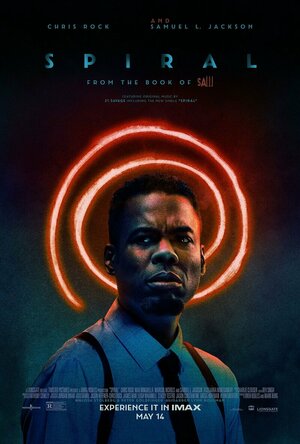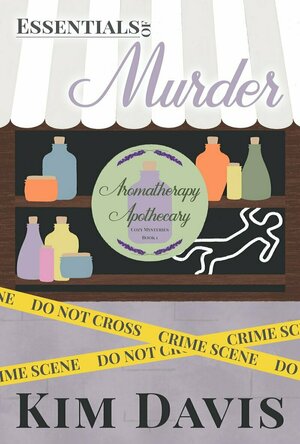
Essentials of Murder
Book
Following a scandal that chased her from San Francisco, Carissa Carmichael struggles to find...
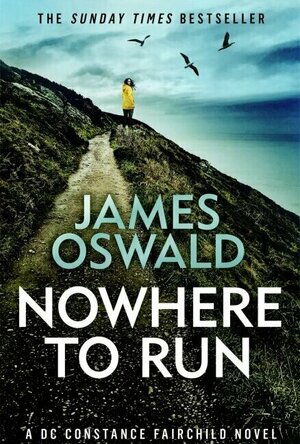
Nowhere To Run
Book
On compassionate leave following the death of her mother, Detective Constable Constance Fairchild...

Silk (2006)
Movie
In Taipei, the crippled scientist Hashimoto uses his invention of "Menger Sponge" to capture the...

Howling (2012)
Movie
Veteran detective Sang-gil and beat cop Eun-yeong are in charge of a case that seems to involve a...
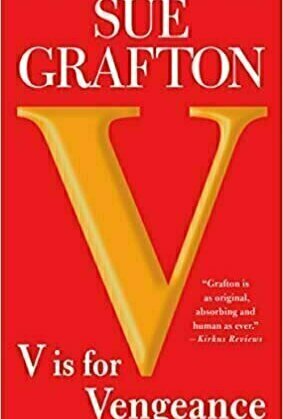
V is for Vengeance (Kinsey Millhone, #22)
Book
A spiderweb of dangerous relationships lies at the heart of this daring Kinsey Millhone mystery from...
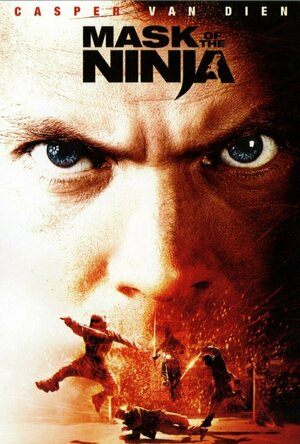
Mask of the Ninja (2008)
Movie
Their vengeance is relentless, their method is ritual, their weapon is secret, and the motive is in...
Andrew Thomas (363 KP) rated Spiral: From the Book of Saw (2021) in Movies
Mar 17, 2022
In reality the killer is very uninspired, the traps are not as elegantly designed and there is very little of the SAW DNA present in the film. The main reasons to watch SPIRAL are Chris Rock and Sam Jackson!

Dead on Ice (A Lovers in Crime Mystery #1)
Book
Dead on Ice is the first installment of Lauren Carr’s new series (Lovers in Crime) featuring...
Mystery Cozy Mystery Mystery > Cozy Mystery Romance Fiction Thriller > Mystery Thriller
David McK (3673 KP) rated A Flight of Arrows (The Hundred Years War #1) in Books
Sep 17, 2023
Especially when it was on Amazon as #1 in archery.
Unfortunately, I found it rather sluggish in parts, with it never really gripping my attention the same way as a historical novel by Bernard Cornwell or Simon Scarrow or Angus Donald does.
This is set during the early stages of the 100 Years War (which lasted for 116 years), and is really a detective/spy story (rather than concentrating on the lives of the archers) as the herald Simon Merrivale investigates the assassination of an English knight , leading up to and including the Battle of Crecy.
Don't get me wrong - I enjoyed the history, and learning a bit more about the times and the background to the war; I just wish it had gripped me more somewhat.
Maybe the sequels will follow through on that ... ?
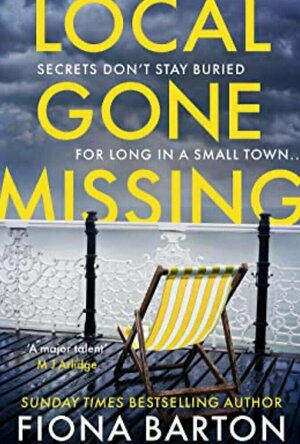
Local Gone Missing
Book
Everyone watches their neighbours. Elise King moves into the sleepy seaside town of Ebbing....
